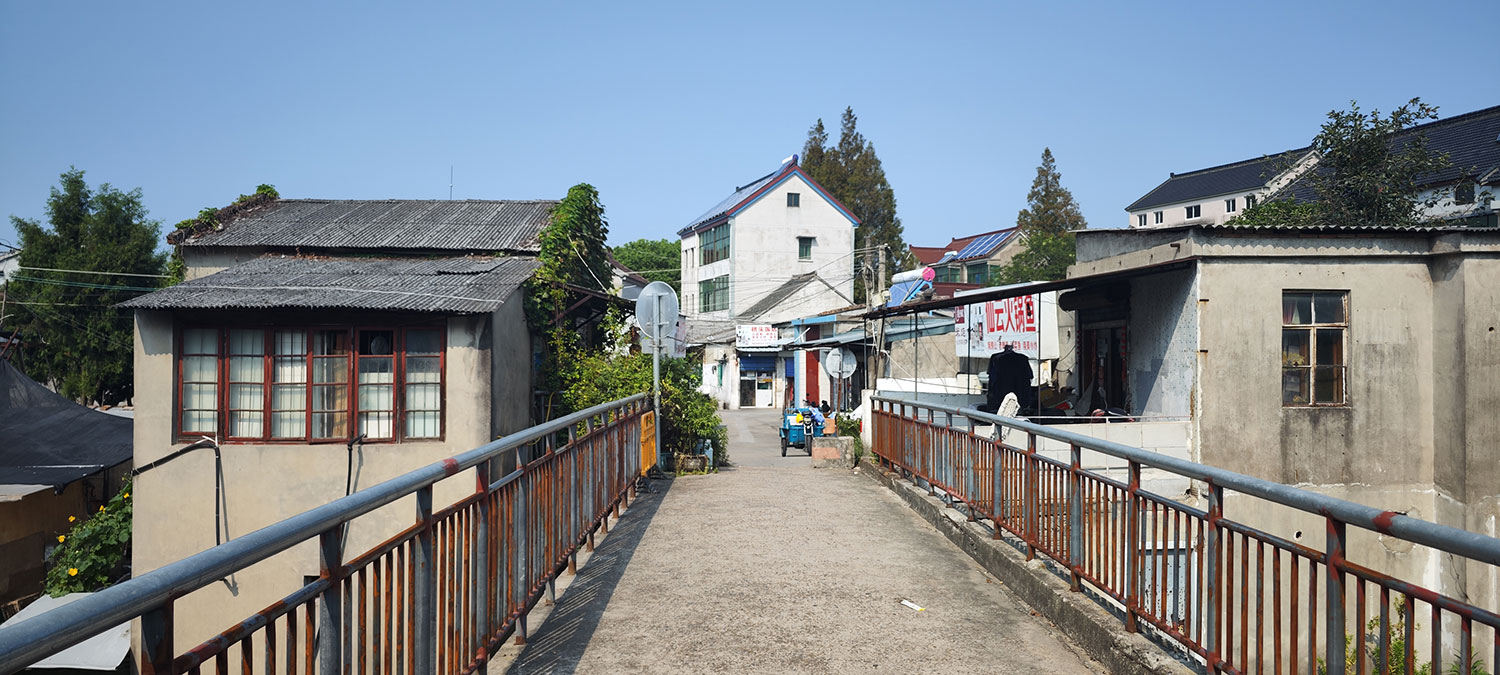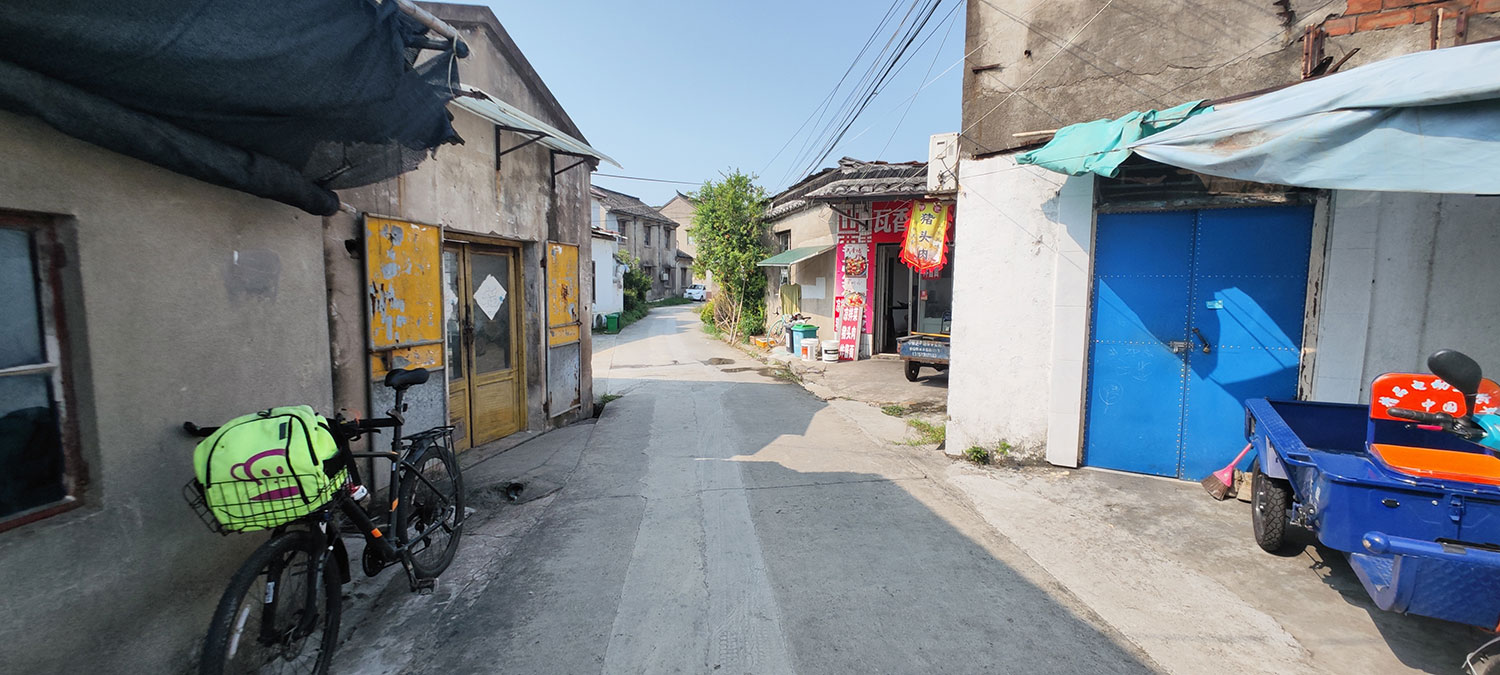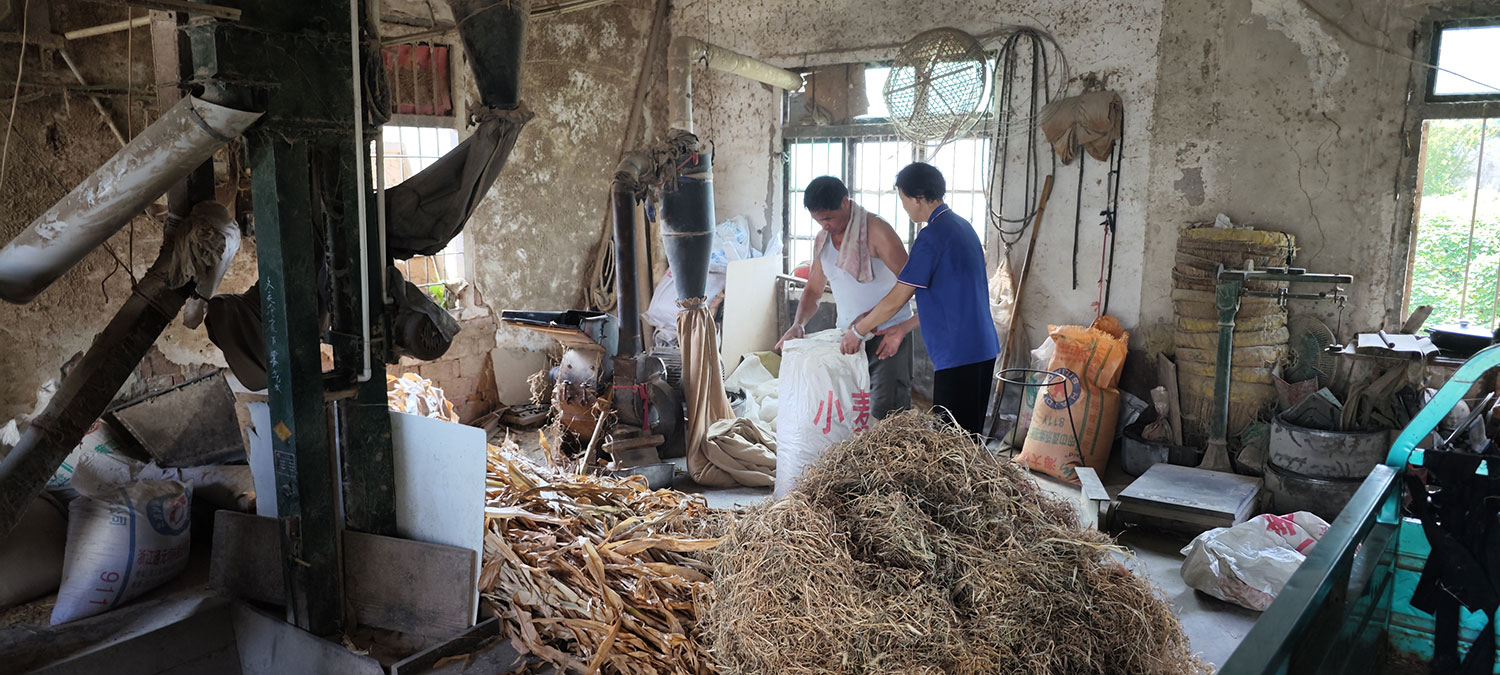We’re in Fengyi (丰义村) this weekend. It’s a tiny village with just over 600 people — trying to get tourism going. It has all the ingredients for it. There’s a coffee place, a noodle restaurant, an ‘I Love Fengyi’ sign, and fake Dutch windmills around a mount that is in between a hill and a mountain. It’s a two-hour drive from Shanghai, but just over the border in Zhejiang — so entering the province adds a bit of exotism for us city folk. Just nothing of this is on Dianping yet — only the noodle restaurant, with five reviews.
And so we’re the only one in the hotel with 20 rooms. The price on 携程 (Ctrip) is 167 RMB, the lady at the reception says if I pay directly with her, she’ll give me the price of 150 RMB.
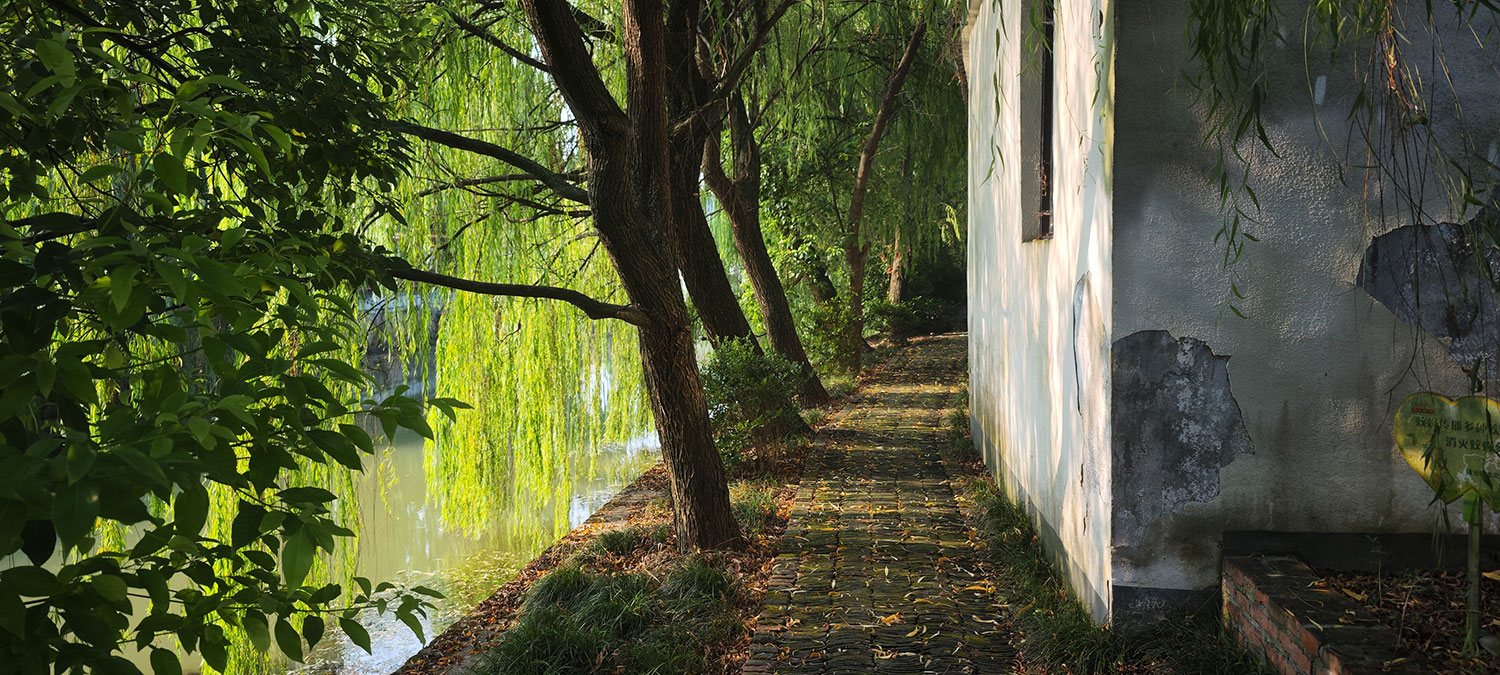

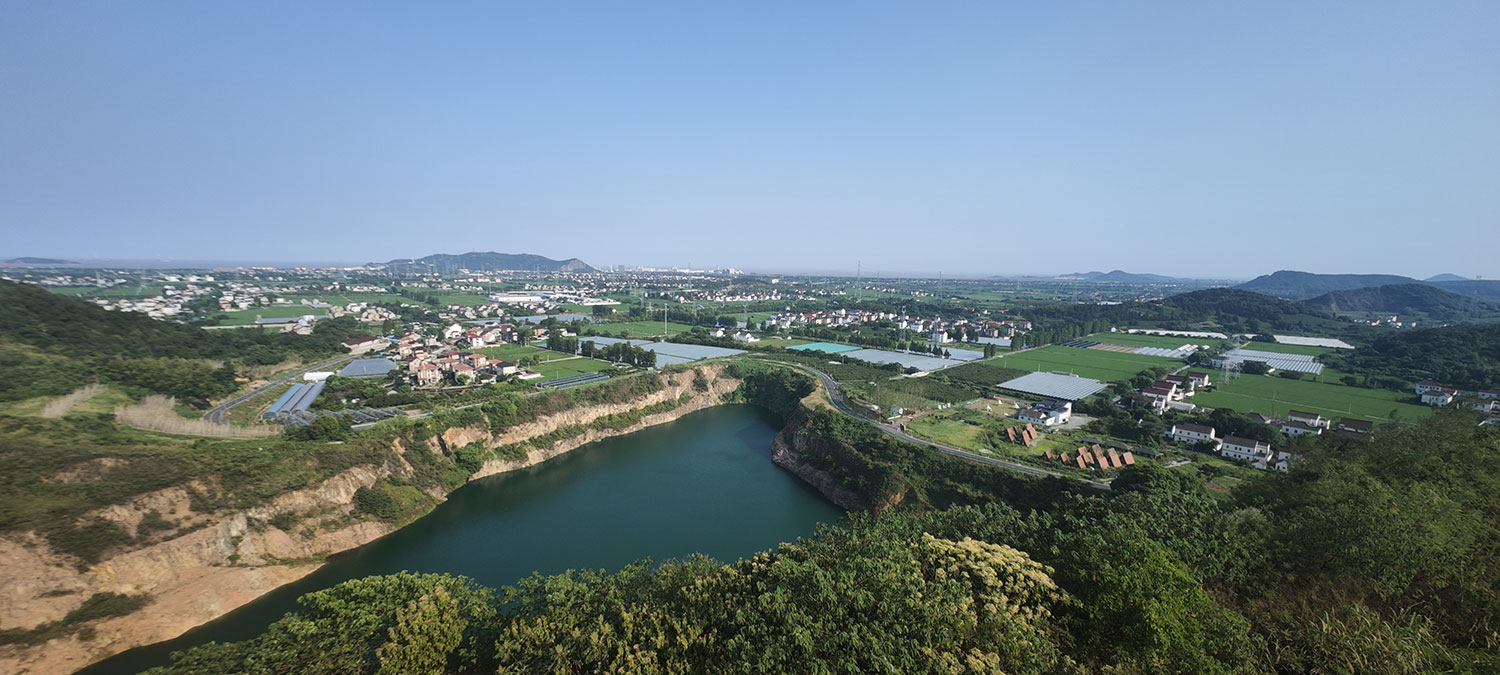
One of the main attractions, Feng Mountain (丰山) is equally devoid of tourists, bar us and another couple from Shanghai. I know the school holidays are over, but still — it’s a weekend and the weather is good, although too warm. There should be more people and more money flowing into these rural places.
The other attraction lies beneath it. There are zero signs for it, so it’s hard to find — but eventually we do find the entrance. The 300-meter tunnel goes south to north underneath the mountain, dug in the late 50s. It’s a welcome drop in temperature, as bats fly over our heads. This place is made for social media, and if you search for ‘丰义村’ on Xiaohongshu, you mostly find pictures taken here.

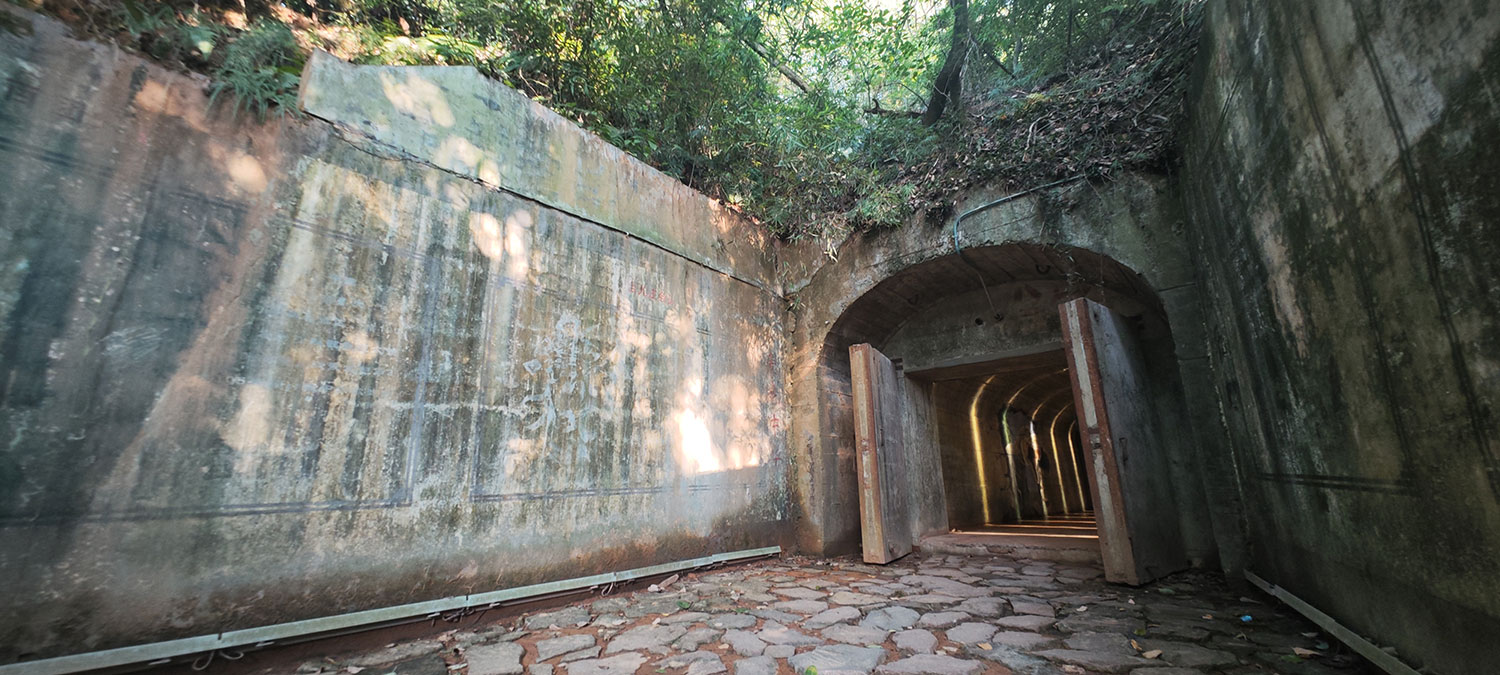
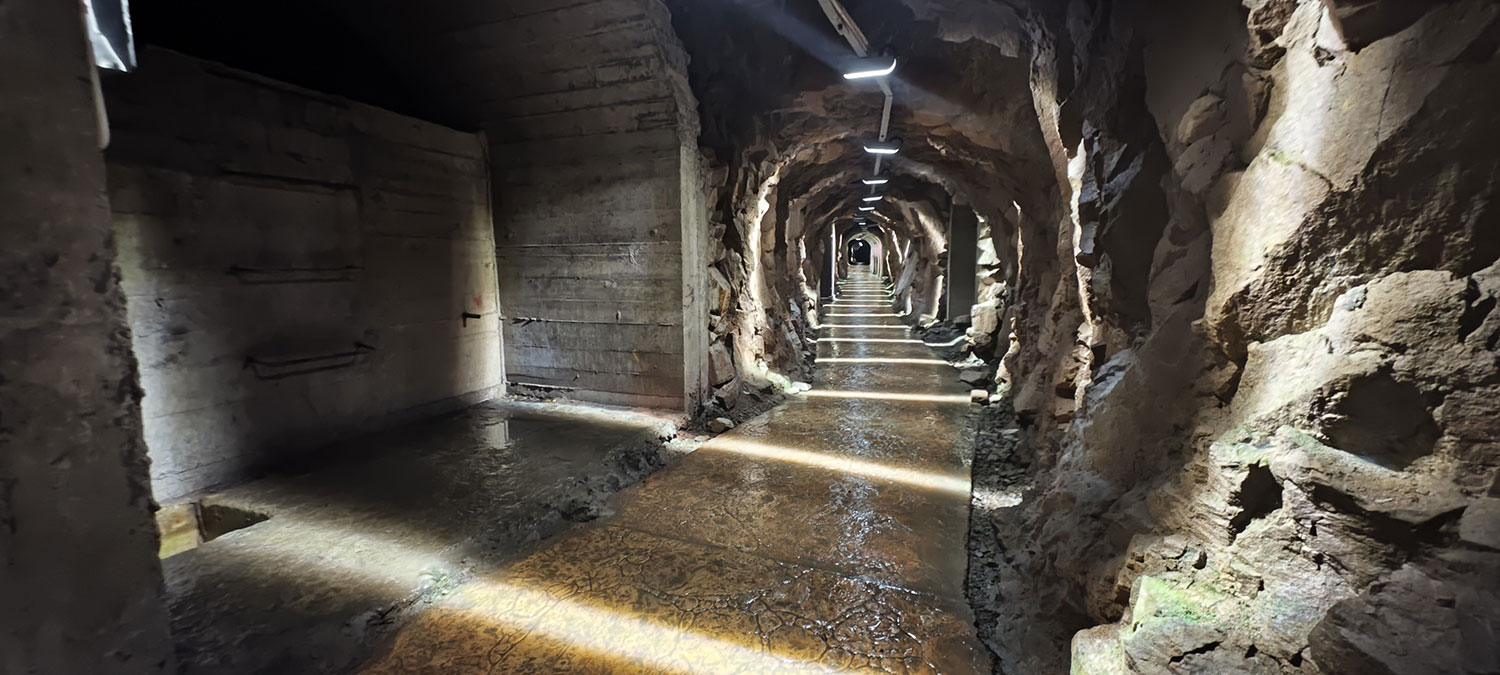
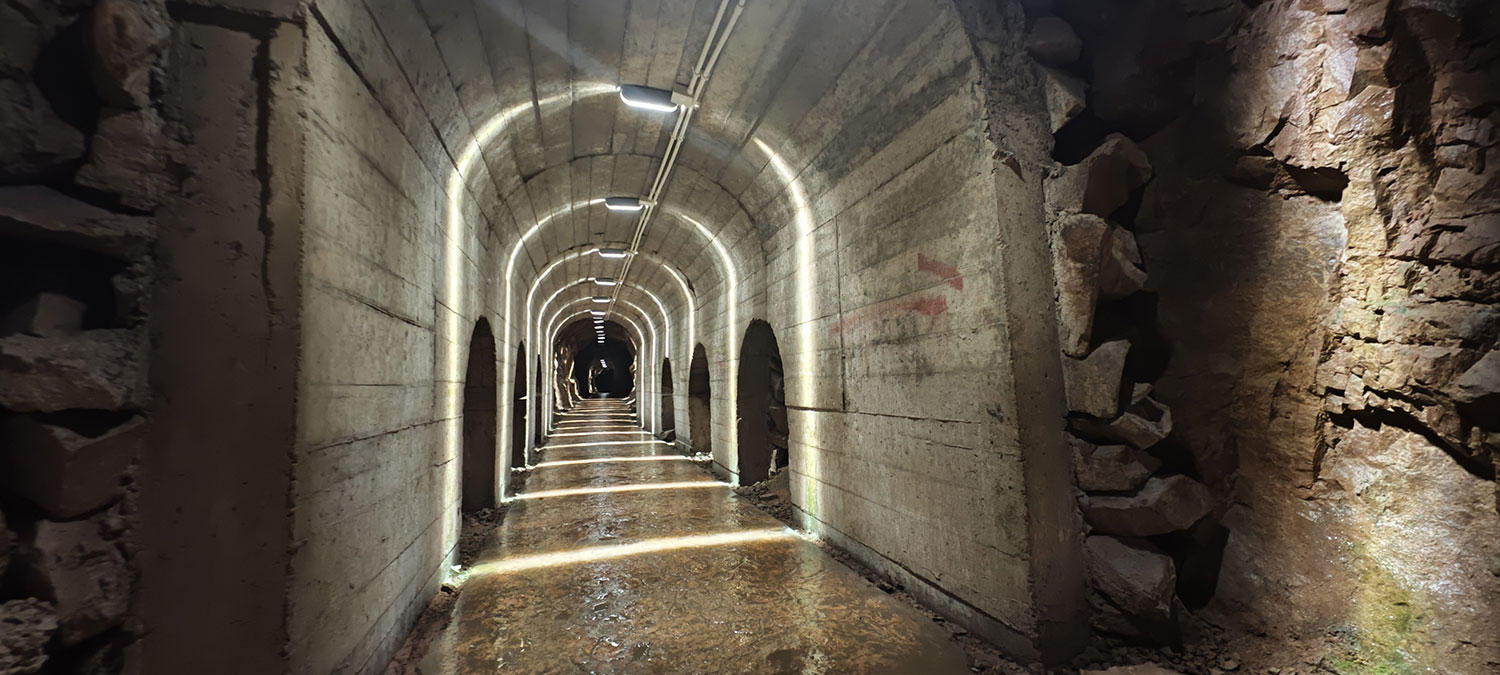
The next day we’re out early — unload the bikes from the car and ride to the banks of the Qiantang River (钱塘江), to try and grab some tiny crabs (螃蜞). But it’s simply too hot to be outside without any shade (and the crabs are too small).
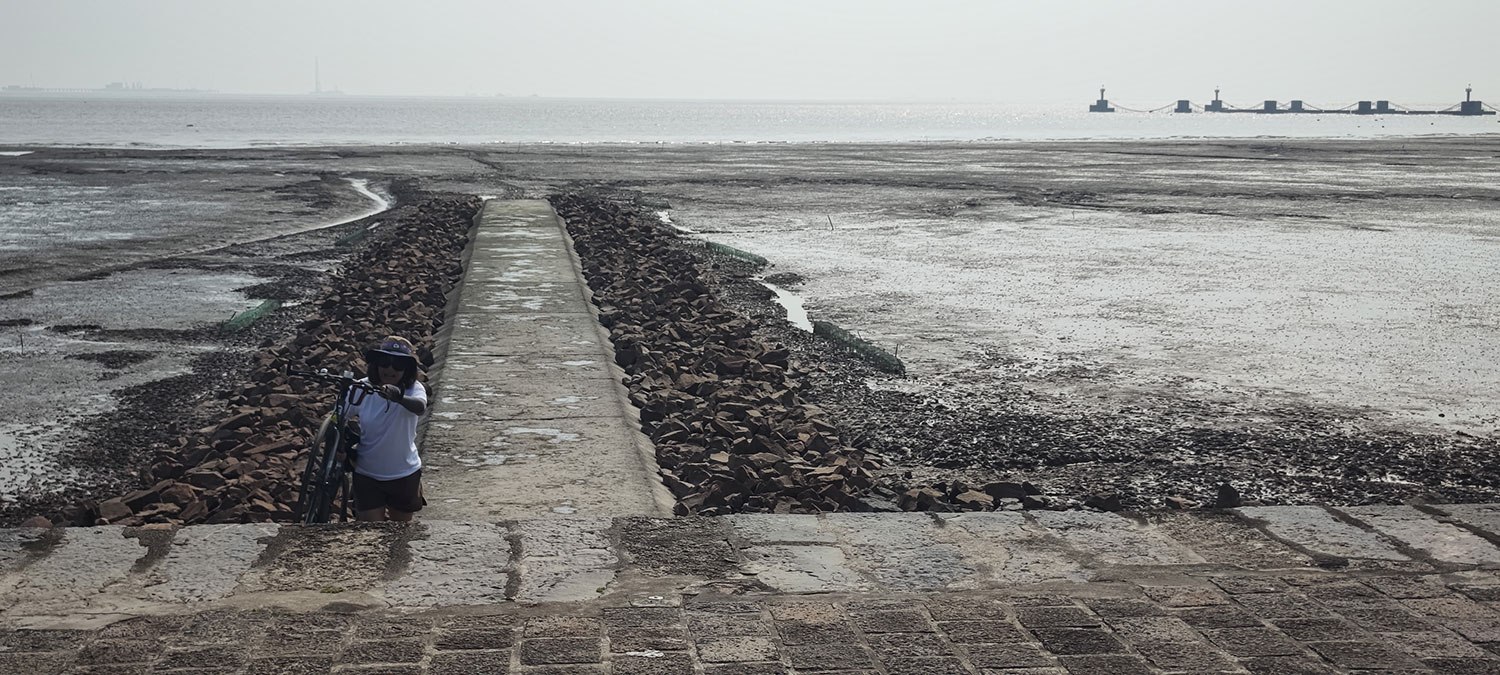
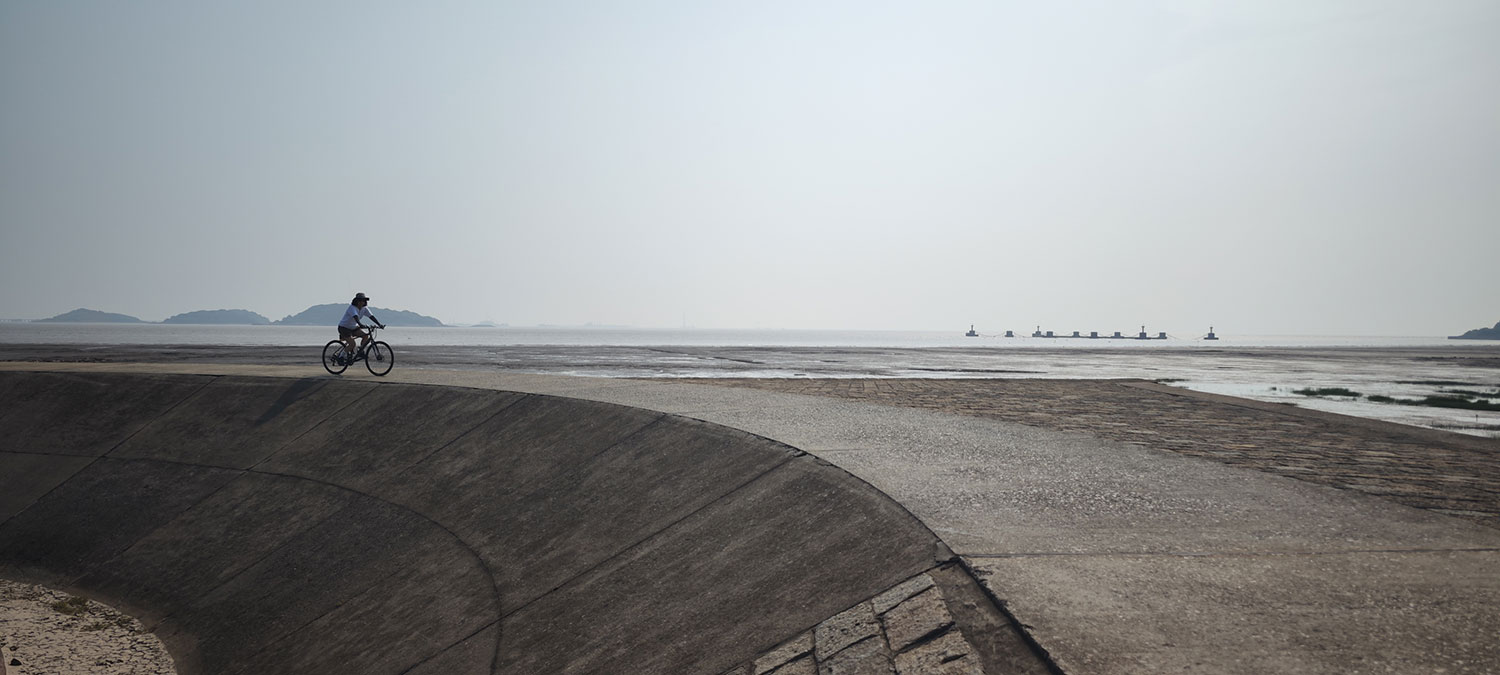
We pass another village and get some drinks in a restaurant to avoid the sun. The 老板娘 (female boss) asks us whether we’re traveling. I nod and ask her whether this village is Lujiacun (虞家村) — because I can see that on my app. She says she doesn’t even know and asks her husband — who nods: “Yes this is Lujiacun.” Maybe to her, only the streetnames matter, or they refer to the place by another name,, as the area is part of Haiyan (海盐县) which is part of Jiaxing (嘉兴) — so picking a name depends on the scale you choose.
But to me, those village names matter. I write them down in my blog even though I know nobody has ever heard of these places, nor will search for these names on Google, nor any of my readers will ever visit these places. But they give an identity to it. More than anything, it is a name that bundles a few houses together into a village. It’s a pin on the map, and a name that binds these places in my memories.
